

For a lot of us, SNK’s fighting games were usually followed up with a slice of pizza and a romp in the ball pit, mostly because our cheap-o parents weren’t interested in spending thousands on a Neo Geo and games. Jerks. While the SNK of old has dissolved, their fighting games have carried on, getting a little better with every incarnation. Their latest King of Fighters won’t set the gaming world on fire, but if you’re looking for a vintage taste of the old-school, look no further.
KOF XIII is the obstinate grandpa of fighting games, clinging firmly to its ways despite the massive changes in the world around it. Inputs are still strict, linking moves together requires precession timing, and learning long combos is essential to doing serious damage. Because of the hardcore appeal of fighting games though, this isn’t necessarily a bad thing, die-hards will appreciate the challenge. On the other hand, fighting game new jacks will find themselves fighting an uphill battle against the game itself, let alone actual opponents.
Unlike other team based fighting games, KOF XIII has you assemble three characters completely independent of one another. No assists, no tagging out, no ratios. This means you’ll need to be competent with at least 3 characters to present any sort of threat to your opponents. One on one fights are available, but KOF has always been about three on three battles.
On average, characters have fewer regular and command moves to memorize than other fighting games, as KOFXIII uses a 4 button system instead of the 6 button. This is actually helpful given that you’ll need to learn three characters, as it reduces the total number of moves you'll need to be familiar with. Don't think that two fewer buttons makes it easy mode though.
Mechanically, KOF is unique in that it forgoes the aerial combos of a Versus or Aksys game for a more grounded game, but still manages to feel different than Street Fighter. Character’s moves feel much more deliberate, and even some regular moves have long recoveries that can be punished if they’re whiffed. KOF XIII has a number of unusual movement options such as the hop and the roll. The hop is a short jump with a low arc that allows for easy overhead attacks that discourages players from persistently blocking low. Rolling allows you to pass through projectiles and characters, though it’s relatively slow and can be easily punished.
A number of the gauge and meter systems have changed since KOF XII as well, the Power Gauge allows for EX/super special moves and Desperation Attacks, while the Drive Gauge allows you to cancel special moves into other special moves. Fighting games typically let you cancel normal moves into special ones, but cancelling specials into specials is highly unusual. It allows for some obscene combos, especially once you’ve activated Hyper Drive mode, a short duration power up that allows for multiple special move cancels and reduces the cost of your NEO MAX attack. NEO MAX is a super powered Desperation Move that costs three bars of Power Gauge, two in Hyper Drive Mode. NEO MAX moves can even be cancelled into MAX CANCEL moves for some absurd damge. If all of that preceding paragraph sounded extremely boring, you can safely pass on KOF XIII.
KOF XIII includes a number of single player modes, including Arcade, Story, Time Attack, Mission and Survival. Time Attack and Survival are self explanatory, while Arcade is your traditional battle through a number of opponents, capped off with an extremely unfair final boss. Story mode is slightly different, it presents an extremely long series of cutscenes interspersed between battles fought with prearranged teams. Certain branches in the story allow you to see new cutscenes, and you’ll need to play through this mode a few times to unlock everything.
Unfortunately, most of these cutscenes are little more than absurdly long walls of text between characters endlessly blathering to one another about a vague plot involving Ash Crimson. Only the most hardcore KOF fans will find this mode interesting, the average player will be hammering the buttons as fast as possible to get the anime windbags off of their screen.
The Mission mode falls into the typical fighting game trap of explaining nothing and demanding everything. There are ten missions per character, which will provide some fun for experienced players, but anything after the second mission is likely far too challenging for casual players. The game’s brief tutorial mode on movement and the gauge systems is helpful, though it could certainly have been fleshed out a bit more.
Visually, KOF XIII looks great, the character’s animations are ultra smooth, and you’d be forgiven for forgetting that they’re pixelated models at times. The backgrounds are also beautifully animated, though we’d be remiss in not mentioning that a number of the background characters are stylized in a way that a lot of people might find offensive.
Above: You be the judge, but some of KOF XIII's backgrounds raised eyebrows around the office
The Online includes the traditional Quick Match and Custom Match options, and winning online matches awards points that can be used to level up and customize your player card. We played a number of rounds against various opponents, and the new netcode is a huge improvement over KOF XII’s. That said, mediocre connections still had noticeable input lag, though the action on screen only rarely stuttered.
The KOF series has never looked better, and the current gameplay system and mechanics are rewarding for dedicated players. Unfortunately, its old fashioned ways and gaunt presentation make it a much harder sell for casual players. The repetitious single player modes offer little for gamers uninterested in grinding out complex combos, while the online is just okay. That said, it’s a marked improvement over KOF XII in almost every way, and fighting game fans will likely be able to overlook many of its shortcomings.
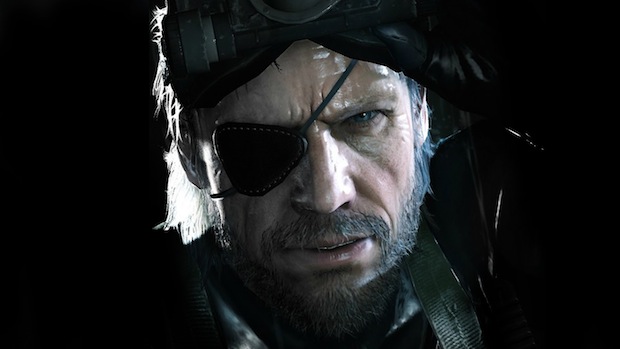


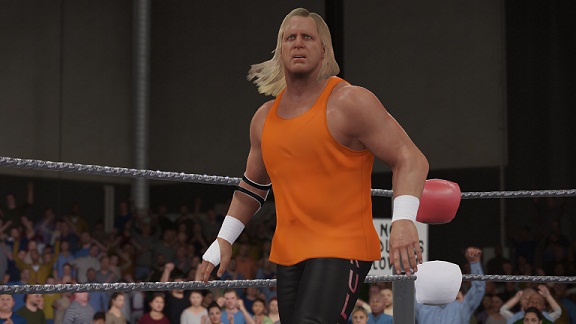
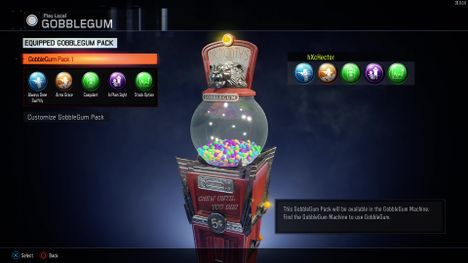 CoD Black Ops 3: GobbleGum / perk abilities and effects
CoD Black Ops 3: GobbleGum / perk abilities and effects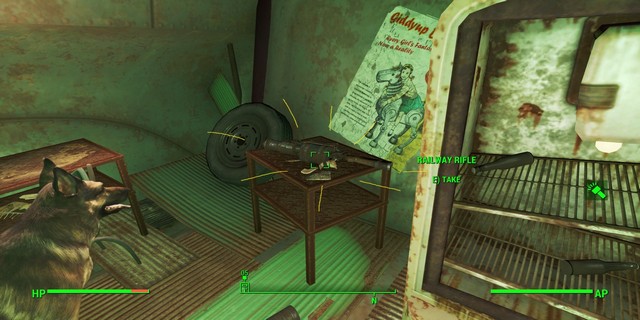 Fallout 4 Guide: How And Where To Find The Railway Rifle
Fallout 4 Guide: How And Where To Find The Railway Rifle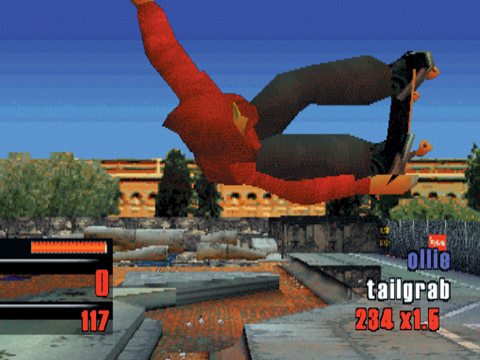 4 Games From Rockstar That Are Nothing Like Grand Theft Auto
4 Games From Rockstar That Are Nothing Like Grand Theft Auto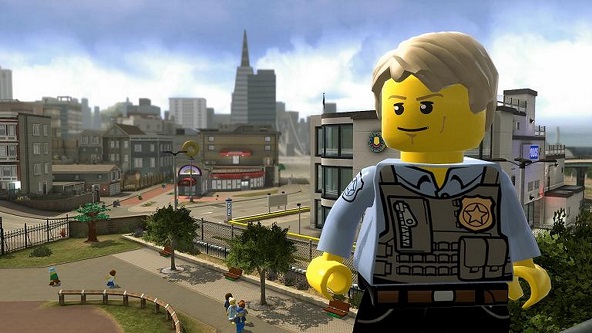 Lego City: Undercover Walkthrough
Lego City: Undercover Walkthrough 7 Ways to Use Facebook to Save Money
7 Ways to Use Facebook to Save Money